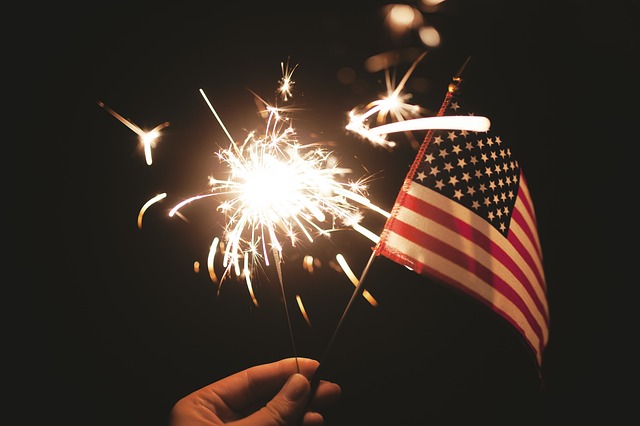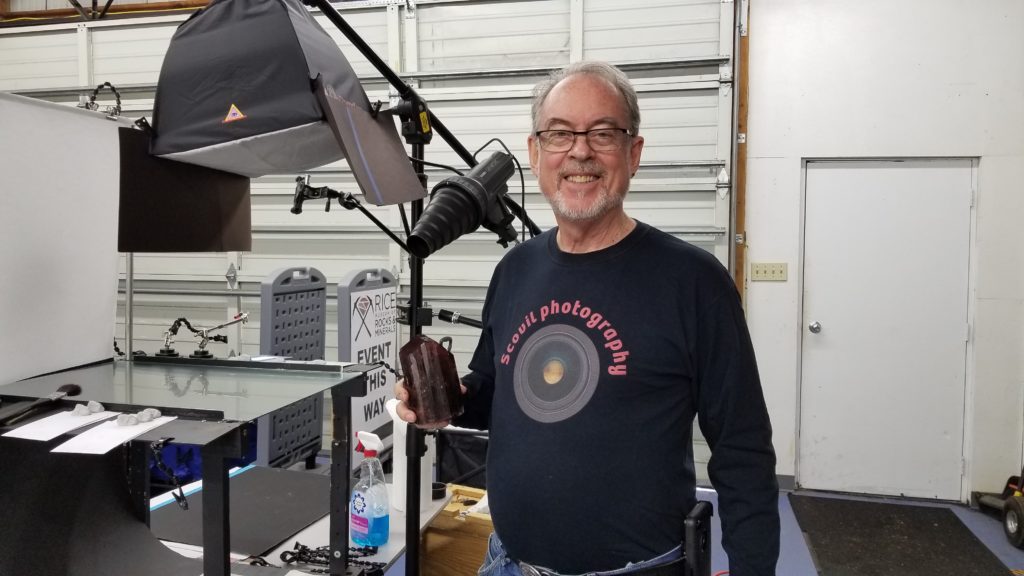Plan Ahead: Early Closures in July- August
Rice Northwest Museum of Rocks and Minerals will be closing early at 5:00 PM due to special events on the following dates: Saturday, July 27, 2019- Closed at 5 PM (Private Event). Friday, August 2, 2019- Closed at 5 PM (Summer Fest Set Up). Saturday, August 3, 2019- Closed at 5 PM (Summer Fest). Sunday, August […]
Plan Ahead: Early Closures in July- August Read More »







